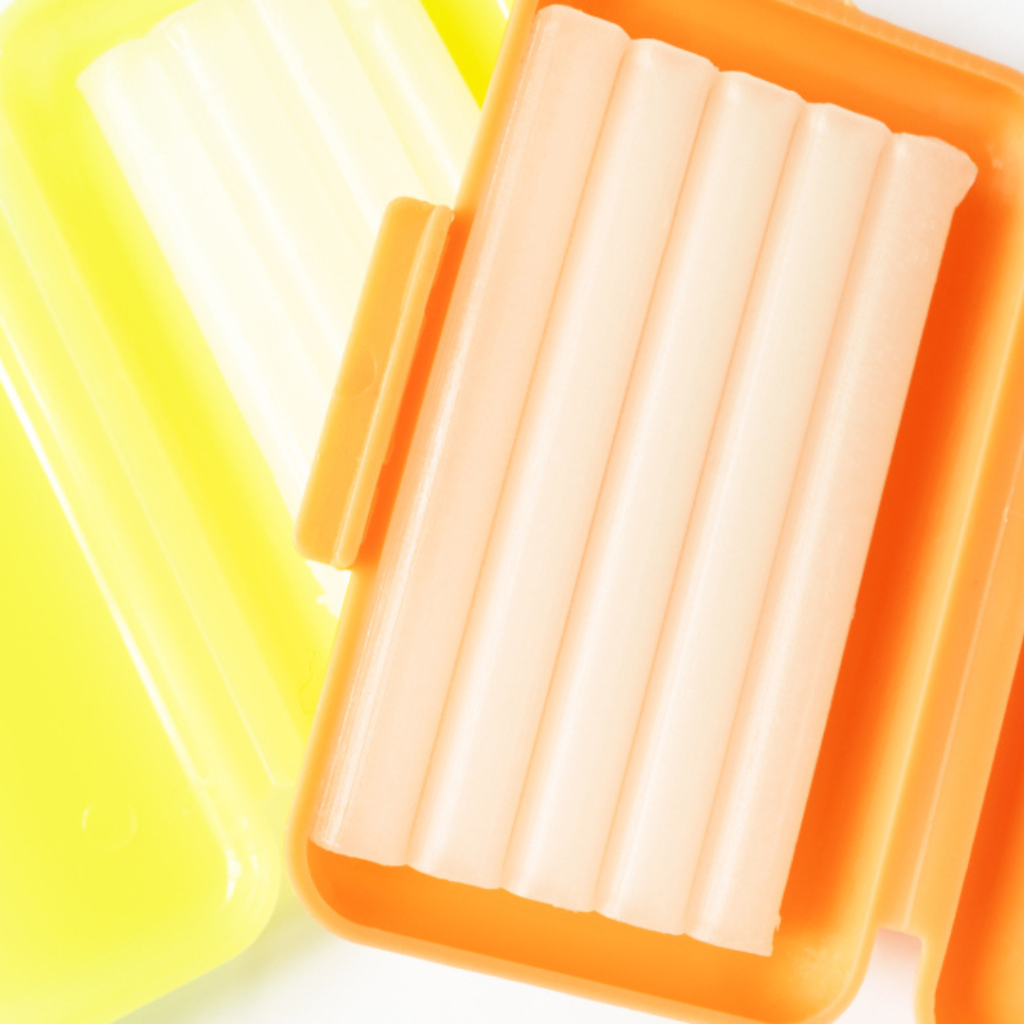
Title: How to Use Wax on Your Braces to Minimize Discomfort
Braces are a fantastic tool for achieving a beautiful and aligned smile, but they can come with a bit of discomfort as your mouth adjusts to the new hardware. The good news is that there’s a simple solution to help ease that discomfort: orthodontic wax. In this blog, we’ll dive into the world of orthodontic wax and guide you through the process of using it effectively to minimize the discomfort caused by your braces.
Understanding Orthodontic Wax
Orthodontic wax is a soft and pliable material that provides a protective barrier between your braces and the sensitive tissues inside your mouth, such as your cheeks and gums. It’s designed to alleviate irritation caused by brackets, wires, and other components of your braces.
When to Use Orthodontic Wax
Orthodontic wax can be especially helpful during the initial days after your braces are adjusted or if a bracket or wire is poking and causing discomfort. It’s also useful if you’re engaging in sports or activities where your braces might rub against your oral tissues.
Step-by-Step Guide to Using Orthodontic Wax
Using orthodontic wax is a straightforward process. Here’s a step-by-step guide to help you get started:
- Clean Your Hands: Before you begin, ensure your hands are clean to avoid introducing any unwanted bacteria into your mouth.
- Gather Supplies: Have the orthodontic wax, a mirror, and a clean tissue or cotton swab on hand.
- Dry the Area: Use the clean tissue or cotton swab to dry the area where you’re experiencing discomfort. This will help the wax adhere better.
- Shape the Wax: Take a small piece of orthodontic wax and roll it into a ball. The heat from your fingers will soften the wax, making it easier to mold.
- Apply the Wax: Gently press the wax onto the bracket, wire, or any other part of your braces that is causing irritation. Make sure the wax covers the sharp or rough area completely.
- Smooth the Wax: Use your fingers or a clean cotton swab to smooth out the wax, ensuring it’s firmly in place.
- Check for Comfort: Use the mirror to check that the wax has effectively covered the problematic area. Ensure that it doesn’t impede the functionality of your braces.
- Replace as Needed: The wax may wear off over time or become less effective. If that happens, simply remove the old wax, clean the area, and apply a new piece of wax.
By using orthodontic wax properly, you can significantly reduce the discomfort that often accompanies braces. Remember, it’s a temporary solution as your mouth adjusts to the braces, and eventually, the discomfort will subside as you progress through your orthodontic journey toward a stunning smile. Be sure to call your local orthodontist should you need more assistance.

